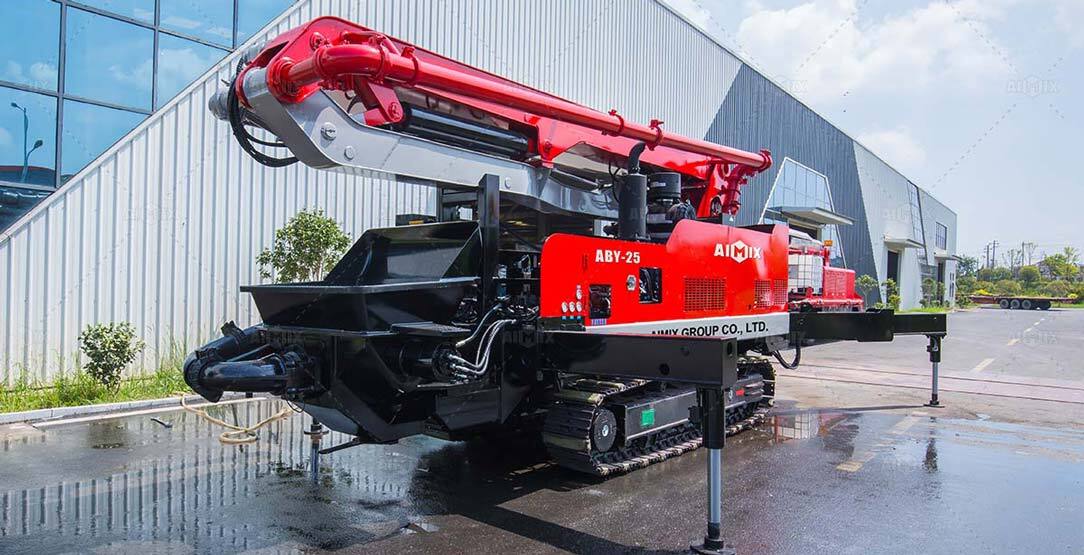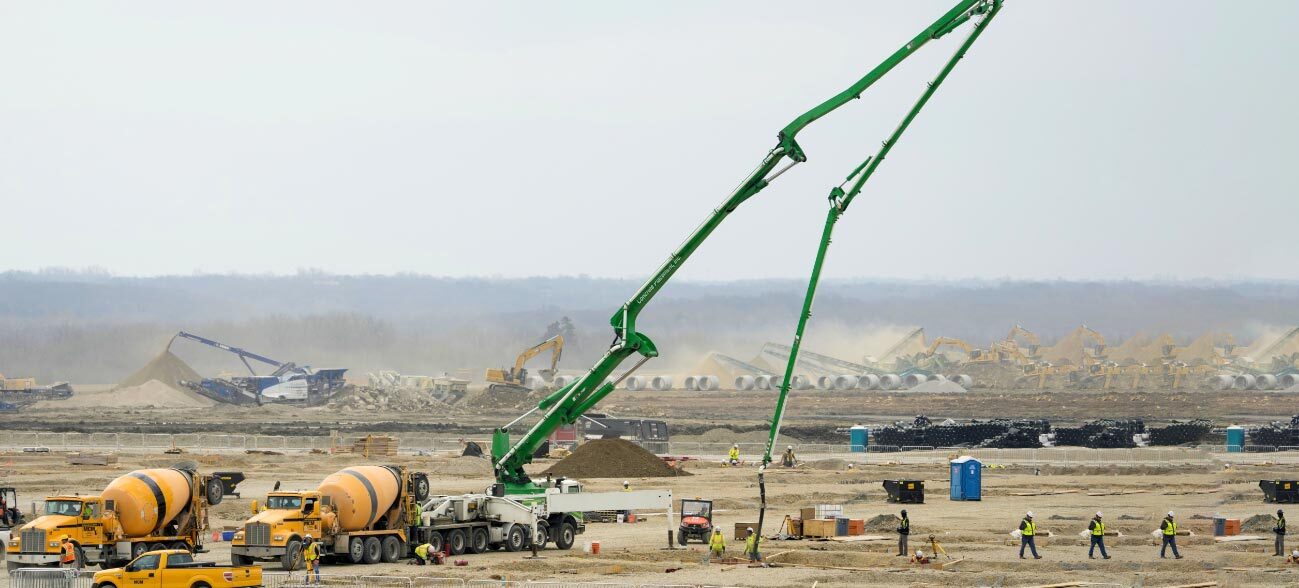Building a bridge is a grand undertaking, and selecting the right concrete pumping machine is paramount to ensure both efficiency and structural integrity. With a plethora of options available on the market, understanding their functionalities, advantages, and limitations can provide invaluable insight for engineers and builders alike. This article delves into the types of concrete pumping machine suitable for bridge construction, highlighting their features, benefits, and ideal applications.

Understanding the Types of Concrete Pumps
Concrete pumping machines can be broadly categorized into two main types: boom pumps and line pumps. Each type brings its own array of benefits, tailored to distinct construction scenarios.
Boom Pumps: The Elevated Advantage
Boom pumps are equipped with a robotic arm, which allows for precise placement of concrete at considerable heights and distances. These machines are often used in large-scale projects where access is challenging.
Versatility and Precision: The flexibility of a boom pump facilitates intricate placements, making it ideal for complex bridge designs with varying elevations. The ability to adjust the arm to different angles ensures that concrete can be delivered exactly where it is needed, minimizing wastage and optimizing productivity.
Reduced Labor Costs: With the automation that boom pumps provide, the need for manual labor is significantly diminished. This not only reduces costs but also enhances safety on-site, as fewer workers are required to handle heavy materials.
Line Pumps: The Workhorse for Accessibility
Line pumps, on the other hand, are more portable and are ideal for smaller projects or when working in tight spaces. They consist of a pump unit connected to flexible hoses, which can be maneuvered easily.
Cost-Effectiveness: For projects with budget constraints, line pumps offer a more economical solution. Their lower operational costs and ease of transport make them appealing for smaller bridge constructions or repairs.
Accessibility: In urban environments or areas with limited access, line pumps can navigate narrow pathways and deliver concrete efficiently. Their adaptability allows for seamless integration into various project layouts, ensuring that even the most challenging sites are manageable.

Factors to Consider When Choosing a Concrete Pump
Selecting the right concrete pumping machine for bridge construction involves several considerations.
Project Size and Scope
The size and complexity of the bridge dictate the type of pump needed. For expansive projects requiring high-volume concrete delivery, boom pumps are typically more suitable. Conversely, smaller or more straightforward designs may benefit from the agility of line pumps.
Site Conditions and Accessibility
The geographical characteristics of the construction site play a pivotal role in the decision-making process. If the site is in a congested urban area, a line pump's portability might be essential. However, for sites with ample space and height requirements, a concrete boom pump is likely the preferred choice.
Concrete Type and Consistency
Different types of concrete mixtures may require specific pumping equipment. For instance, thicker, more viscous mixes may necessitate robust pumps capable of handling higher pressures. Understanding the concrete's properties will ensure that the chosen machine can deliver optimal performance without clogs or delays.
Final Thoughts: The Right Choice Makes All the Difference
In conclusion, the journey of building a bridge hinges on a multitude of factors, with the selection of a concrete pumping machine being one of the most critical. Whether opting for the precision of boom pumps or the versatility of line pumps, the ultimate goal remains the same: to create a structure that is not only functional but also enduring. By carefully considering project requirements, site conditions, and the specific attributes of the concrete being used, builders can confidently choose the right equipment that will lay the foundation for success.
